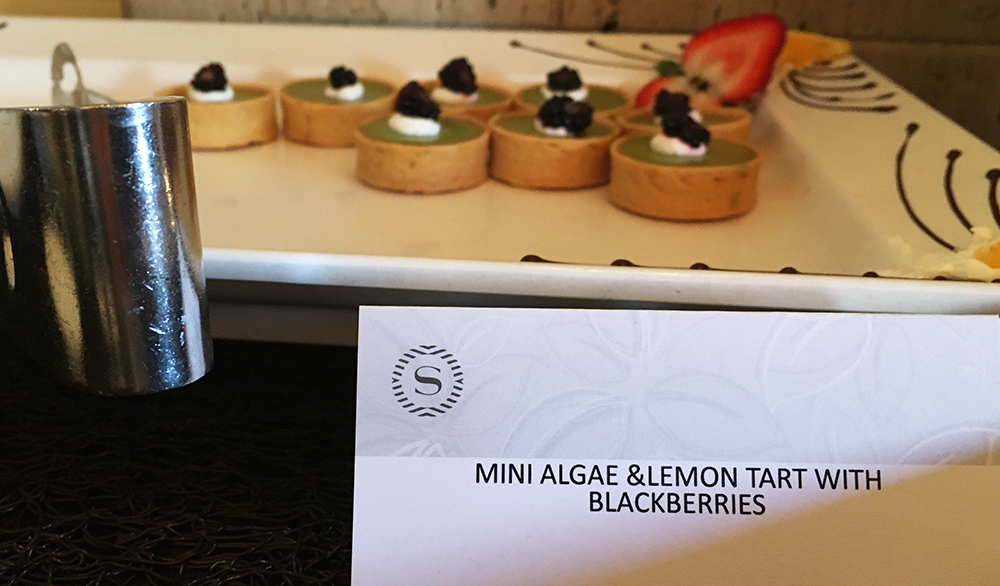A few weeks ago I went to Blue Tech Week. The talks about sustainable ocean and water technologies were amazing. Stay tuned for more updates in the coming weeks. But today I’ll write about the lunch I had there.
While I was grabbing food at the buffet, I noticed that every dish had seaweed as an ingredient. The rice, the chicken, the salad, even the dessert. And it was delicious!
While eating, I chatted with Wenhao, who was sitting next to me. I asked him how he was connected to the conference and he answered: “Through the food”. I was intrigued so he told me more: He has a farm in Hawaii and the sea asparagus in the salad was from his farm.
You guessed it: This week’s story brings us to Hawaii. Imagine lush forests with amazing waterfalls, beautiful beaches and crystal-clear water. This is where Wenhao’s company Olakai grows sea asparagus or sea beans. It has a crunchy, salty flavor and is a superfood packed with vitamins, minerals and antioxidants. In our case the sea asparagus was fresh in the salad, but it can also be blanched or pickled.
Wenhao told me about how his sustainable farm uses saltwater from the sea to grow seaweed and sea asparagus as well as fish. This is how it works:

Aquaponics provides the fish with feed and oxygen while the carbon dioxide and nutrients (fish poop and leftover feed) naturally fertilize the the seaweed and sea vegetables. It creates the perfect environment for organic farming. And the best thing: No water, fertilizer or pesticides are needed.
What does sustainable farming have to do with climate change? According to project drawdown, crop and livestock production is the source of about 1/8 of greenhouse gas emissions. Sustainable farming practices reduce emissions from farming and ranching while also sequestering significant amounts of carbon.
What a fantastic way to grow sustainable food! Let’s hope sustainable aquaponic systems expand to other areas of the world. After that inspiring conversation I had to go back to the buffet and try some more…



